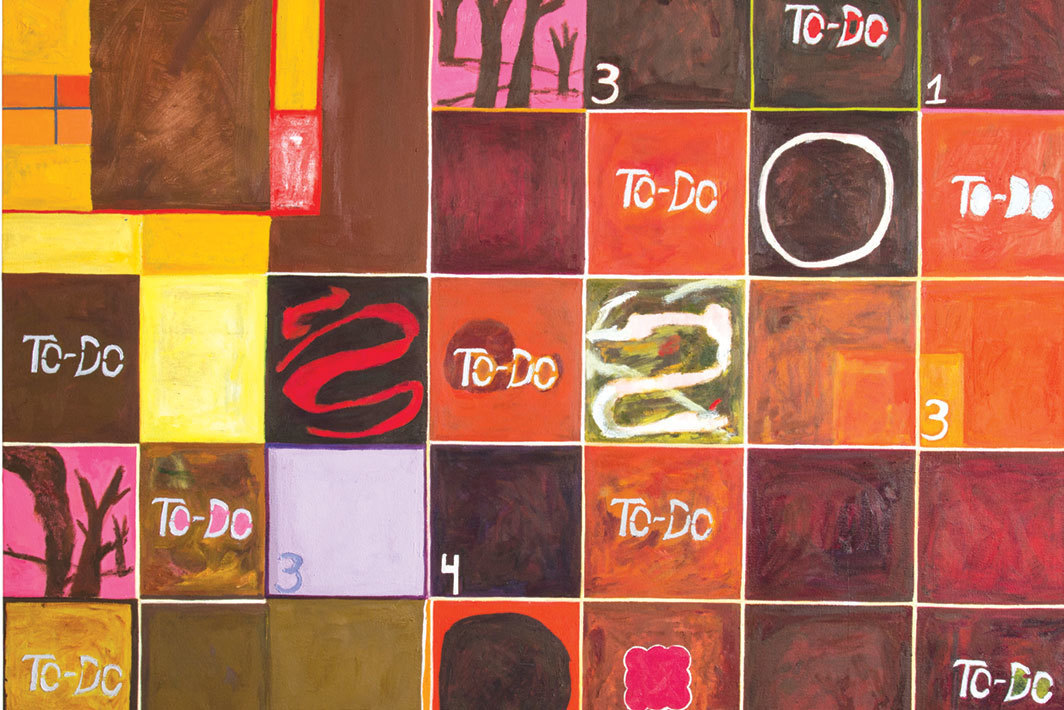In recent years books, articles, and blog posts about the daily lives and working routines of famous artists and writers have become something of a cottage industry. Curiousity abounds regarding the daily grind that leads to extraordinary work, and the internet, as an ever-growing archive of facts and fragments, helps satisfy this hunger. In Bookform, Rachel Syme evaluates two recent books that focus on the daily routines of women writers and artists: Daily Rituals: Women at Work by Mason Currey and Women at Work, Volume II: Interviews from the Paris Review. As Symes writes, these books stand as a corrective to earlier books that launched the “daily routines” trend, which were a sausage fest. Here’s an excerpt:
I far preferred reading another new compendium about women’s creative labor, Women at Work, Volume II: Interviews from the Paris Review (Paris Review Editions, $20). Emily Nemens, the editor of the Paris Review (the magazine has only had women editors for two of its sixty-five years), writes in her introduction that expanding the “Women at Work” series was one of her first tasks after taking over the magazine in the summer of 2018. Choosing twelve interviews to reprint for the new edition, she says, “made room for discovery, for surprises, and for a bit of strangeness.” She notes that the first volume, published in 2017, included heavy hitters from the archives (Elizabeth Bishop, Toni Morrison, Simone de Beauvoir, Dorothy Parker, Didion) but was centered on the Western canon. Volume II expands the scope somewhat to include Latin American and American Indian perspectives (Luisa Valenzuela and Louise Erdrich), plus several interviews with writers who are not American (Doris Lessing, Alice Munro, Jeanette Winterson). Expanding the range of literary genres was also a goal: Here you find poets (Maya Angelou, May Sarton) and playwrights (Wendy Wasserstein) among the novelists and essayists. But mainly the “Women at Work” series offers a chance to hear women define ambition in their own words. As Nemens notes, all Paris Review interviews are collaborations between the questioner and the author; there’s a chemical reaction that takes place within the Q&A format that changes what tumbles out. The interviews are also long—luxuriantly so—and the women taking part are invited to wander. No woman is ever reduced to a sound bite, or to what sort of breakfast foods she likes.
Image: Marisa Takal, Open Processing IV: What Are You Going to Do? (detail), 2018. Via Bookforum.
